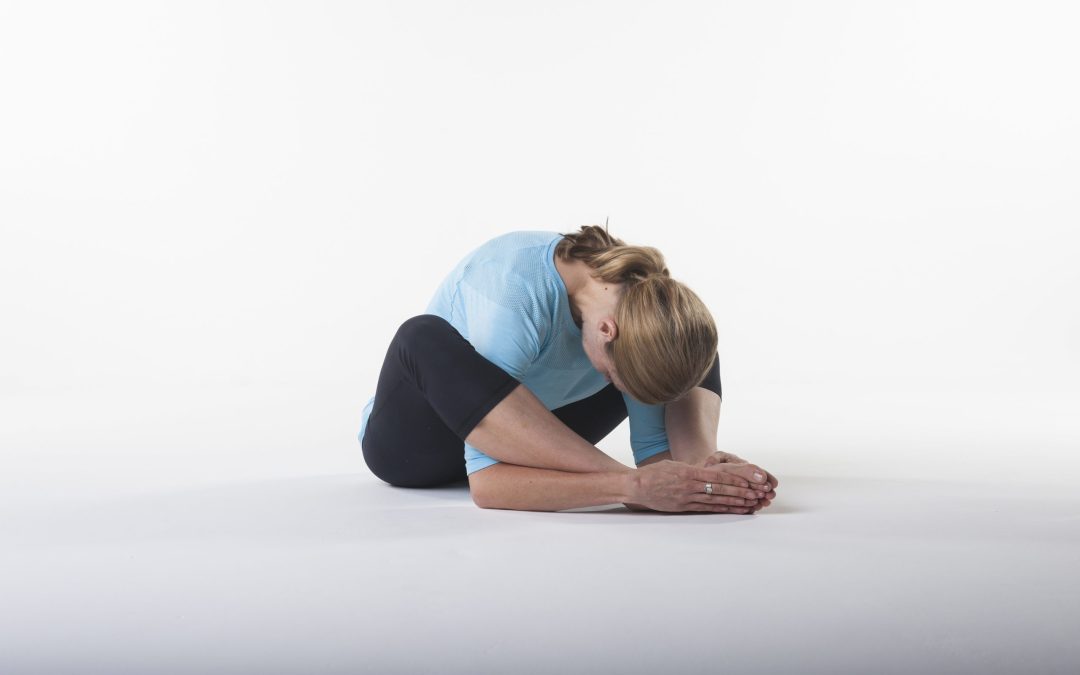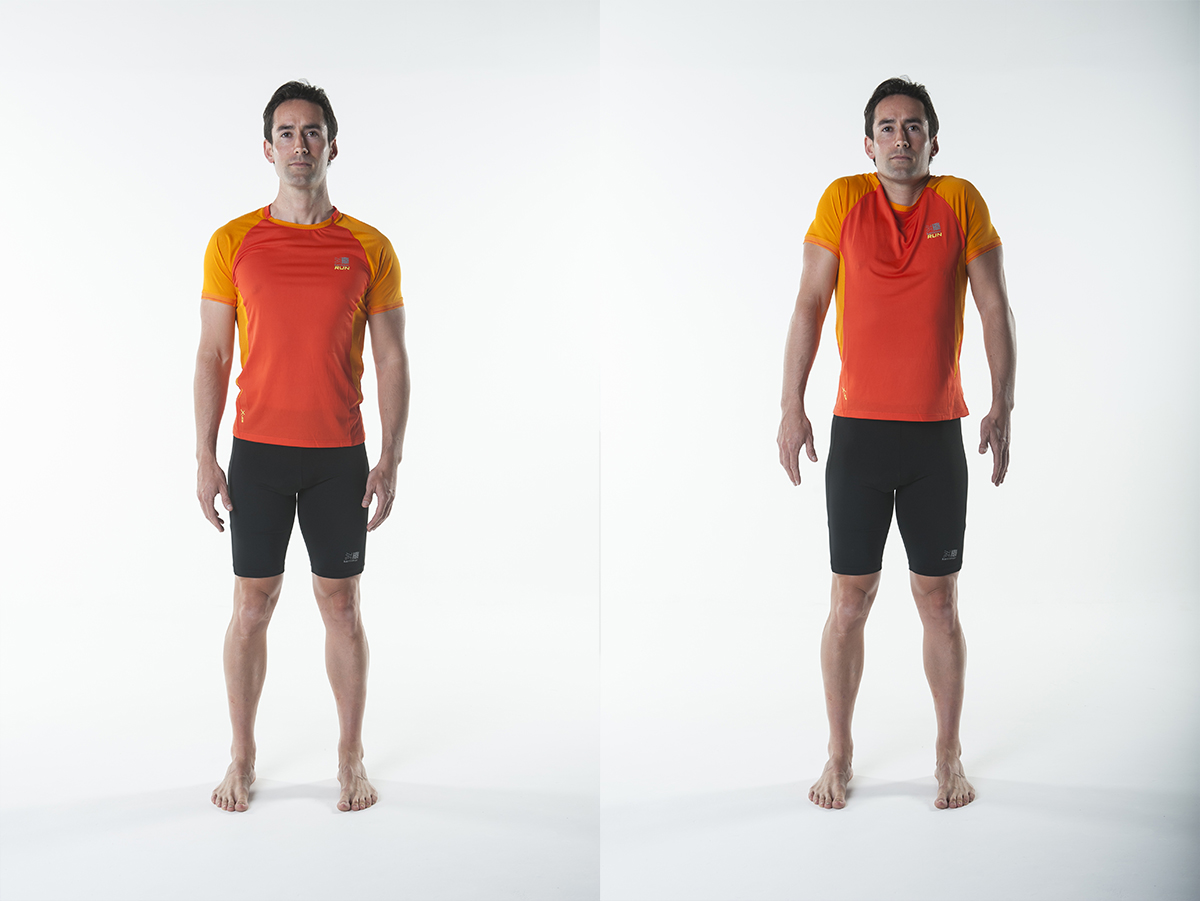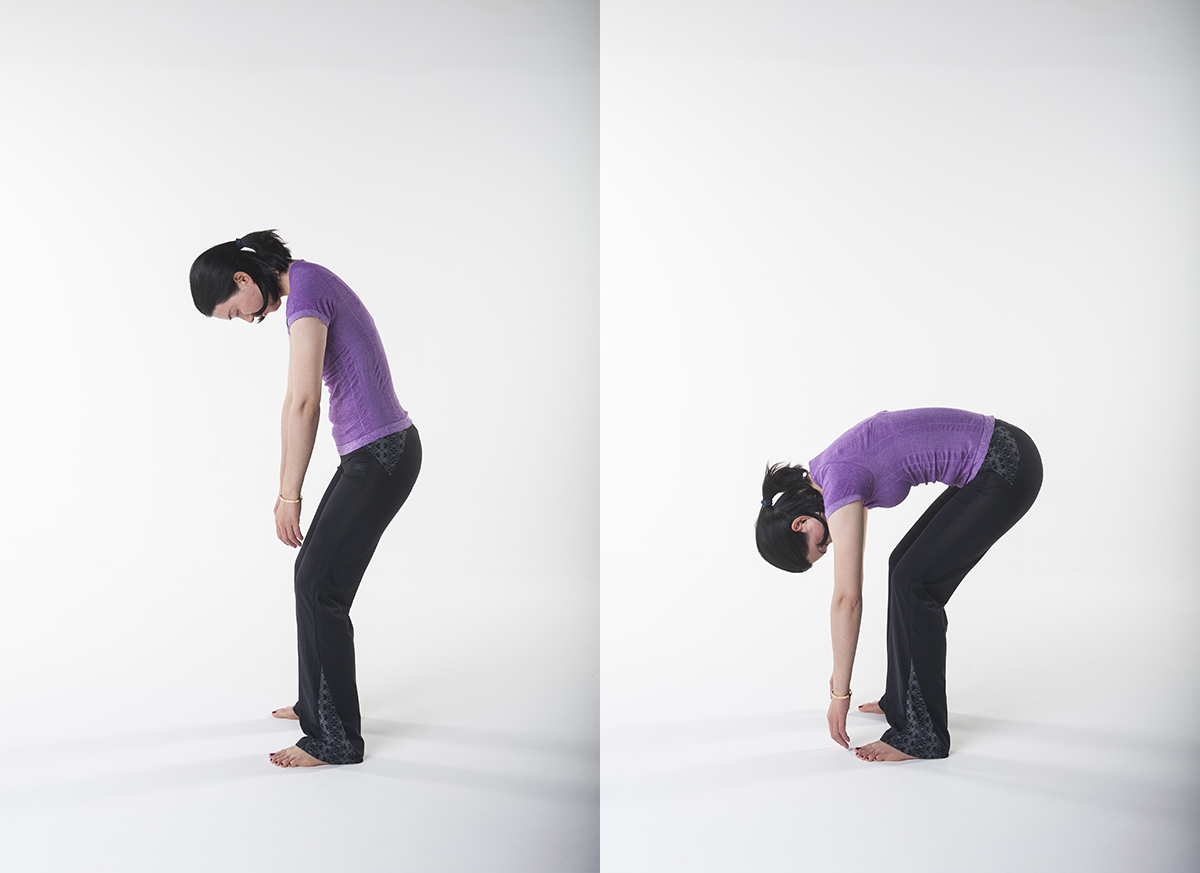Stretch your way to a good night’s sleep
Lexie Williamson, author of The Stretching Bible, gives us some insight into the power of stretching and how this can aid a restful sleep

Lexie Williamson – yoga teacher, fitness writer and author of The Stretching Bible (Bloomsbury, £14.99) – answers our questions on the power of stretching and how this can help us unwind ready for bedtime.
1. What are the benefits for stretching on a regular basis, for body and the mind?
The human body is perfectly balanced; the skeleton, joints and muscles positioned for minimal physical strain. But modern life, with its sedentary focus and reliance on electronic devices, can impose imbalances particularly in the lower and upper back, neck and shoulders.
Stretching is a way to ease tension from these tight spots and restore this physical equilibrium. I’m not talking about being super supple or performing pretzel yoga poses but adopting a regular routine of simple stretches. If you have a desk job that may mean lengthening the psoas at the front of the hips.
If you ride a bike try easing tension out of the lower back. Most of us just want to move freely without discomfort or stiffness.
Sometimes I think of stretching as a way of making physical space by unlocking muscles but it can also create mental space, particularly if done alone and somewhere quiet combined with slow breathing through the nose.
2. How can stretching help to reduce stress, and what stretches would you recommend for this?
Performing slow limbering movements or holding deep stretches can activate the ‘rest and restore’ parasympathetic nervous system – the opposite of the ‘fight or flight’ stress response. This helps to restore homeostasis or the physiological balance the body craves after a stressful day and avoid the potentially harmful effects of prolonged stress.
Most of us live ‘in our heads’ in the sense that we only really notice our bodies if they are tired or aching. Stretching can bring back this mind/body connection – especially if accompanied by slow, deep breathing – and make us more aware of our physical selves.
Stress can also cause muscle groups to feel locked or clenched, particularly the neck, shoulders and sometimes even the jaw. The neck muscles are quick to contract, causing that hunched feeling and sometimes even causing pain.
The shoulder shrug action (lifting the shoulders for a couple of seconds and slowly dropping them down) is a simple but effective quick-fix. Also try squeezing your shoulder blades together, nodding your head and turning it from side to side as if glancing over each shoulder.

These movements should be unhurried and mindful. Close your eyes and concentrate on feeling each muscle lengthen in turn or listen to your breathing. Does the left head turn feel the same as the right, or a little stiffer?
If you are feeling stressed at work, sit with your feet hip distance, fold your upper body over your legs so that your chest rests on your thighs and your arms dangle. Close your eyes and take a few slow breaths feeling the chest expand and relax.
You may get the odd look from colleagues but can handle this with your new air of calm. Stretches recommended from The Stretching Bible p.132:
- Head roll
- Shoulder shrug
- Chair forward bend
3. Many people have trouble getting to sleep at night. What stretches would you recommend for this?
Make pre-bedtime stretching part of your regular winding down routine; as normal as locking the front door or cleaning your teeth. It will create an opportunity to disconnect (literally and metaphorically) from electronic devices and prep the body and mind for sleep.
Perform the same stretches each time so you don’t have to think too much and focus on breathing slowly and deeply through your nose with your eyes closed. Don’t worry about how long to hold a stretch for, just stay until it feels right to move.

Pre-bed stretches should be ‘passive’ in that they don’t require strength or balancing skills but instead rely on relaxation and gravity. For example, try a slow-motion roll down into a forward bend from a standing position. Let your head drop forwards first, followed by your upper and mid back and let your arms hang.
Once on the floor, remain here and ease out tension in the back before settling into a calming forward bend such as Tortoise. Sit with your legs bent and the soles of your feet together and fold into your ‘shell’. Stretches recommended from The Stretching Bible p.134:
- Slow roll down
- Tortoise
- Basic lying twist

The Stretching Bible: The Ultimate Guide to Improving Fitness & Flexibility is out on 23 February 2017.








